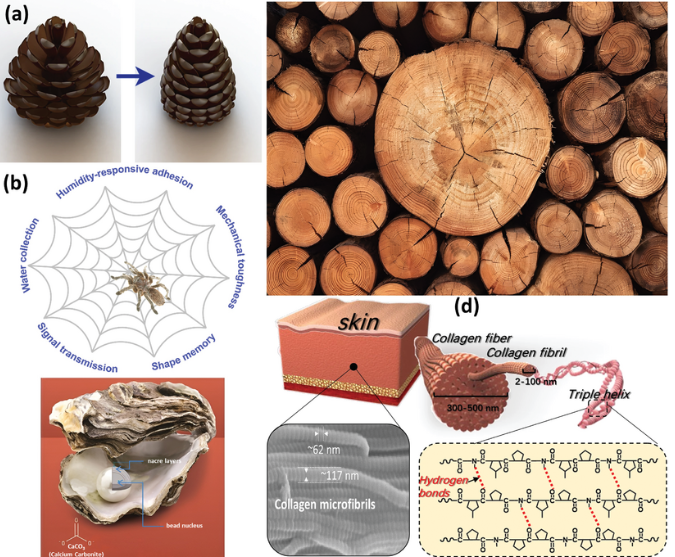Exploring the Intersection of Die Casting and 3D Printing: A Revolutionary Fusion in Manufacturing
- Aniksha Kar
- Apr 25, 2024
- 2 min read

Die casting, a traditional manufacturing method dating back centuries, meets the cutting-edge technology of 3D printing in a fusion that promises to redefine the landscape of industrial production. This innovative convergence brings together the precision and versatility of 3D printing with the speed and efficiency of die casting, unlocking new possibilities and efficiencies in manufacturing processes.Die casting has long been favored for its ability to mass-produce complex metal parts with high accuracy and repeatability. However, traditional die casting methods are often limited by the need for costly tooling and long lead times, making it less adaptable to rapid prototyping and small-batch production. This is where 3D printing steps in, offering the flexibility to create intricate molds and patterns quickly and cost-effectively. By integrating die casting with 3D printing, manufacturers can now produce custom molds and patterns with unprecedented speed and precision. 3D printing allows for the creation of complex geometries and intricate details that were previously unattainable with traditional machining methods. This means that manufacturers can now produce die-cast parts with greater design freedom and customization options, leading to enhanced product performance and functionality.Furthermore, the combination of die casting and 3D printing enables manufacturers to optimize production processes and reduce material waste. 3D-printed molds and patterns can be designed with intricate cooling channels and other features to improve heat dissipation and minimize defects in the final casted parts. This not only improves the overall quality of the parts but also reduces the need for post-processing and finishing operations, streamlining the manufacturing workflow and saving both time and resources.Additionally, the versatility of 3D printing allows manufacturers to experiment with new materials and alloys, further expanding the capabilities of die casting. With 3D printing, manufacturers can easily create prototypes and iterate on designs, accelerating the product development cycle and bringing new innovations to market faster than ever before. In conclusion, the integration of die casting with 3D printing represents a paradigm shift in manufacturing, offering unparalleled flexibility, efficiency, and customization capabilities. By harnessing the strengths of both technologies, manufacturers can unlock new opportunities for innovation and drive the future of industrial production forward.




Comments